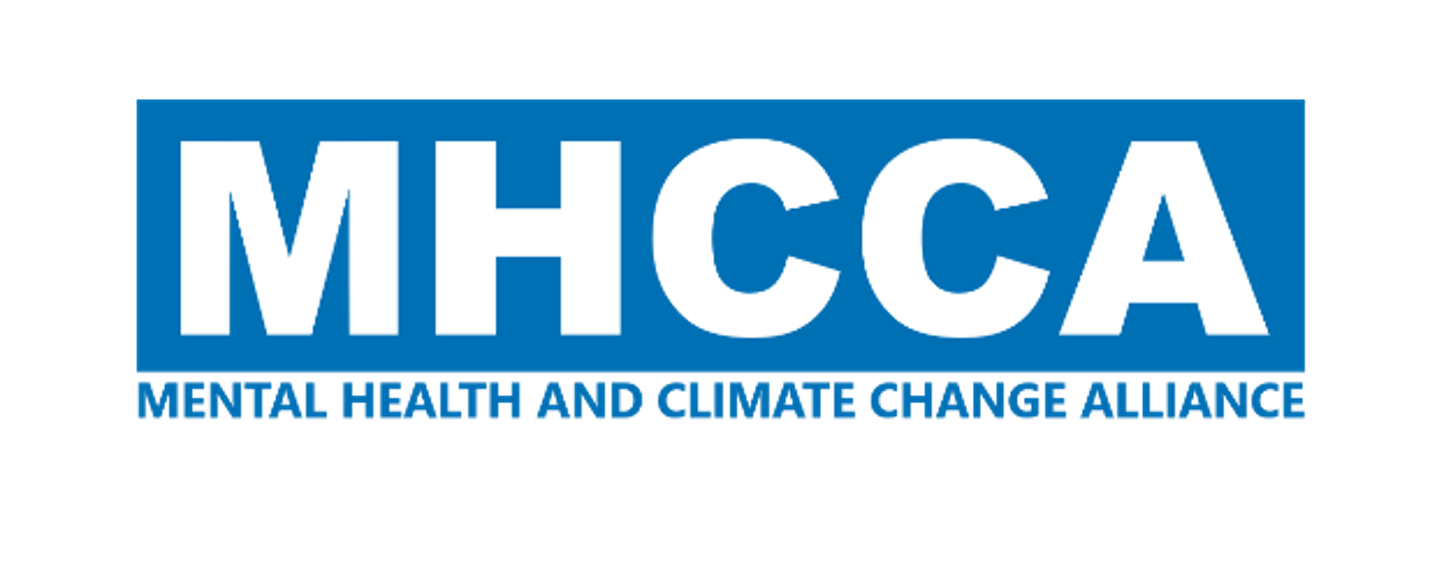
Brain Writing
Brain Writing offers a structured approach for small groups to generate ideas and solutions related to climate resilience. Each participant starts by writing down a specific issue or question, then passes it to the next person who adds their suggestion or solution. Papers continue circulating until each returns to its originator, resulting in a diverse collection of ideas. This method encourages participation from all members, including those who may be less inclined to speak up in group settings, making it effective for fostering collaboration and creativity in exploring climate resilience challenges.
Steps:
Issue/Question Distribution:
Each participant writes down a specific issue or question related to climate resilience that they believe needs addressing, such as "How can we better engage our local community in sustainability practices?" or "What are effective ways to deal with climate anxiety?"
Once written, each participant passes their paper to the left.
Idea Generation:
The next participant reads the issue or question and adds a suggestion or solution below it. They can either build on an existing idea if the paper already has responses or propose a new one if they are the first to receive it.
Papers are continuously passed to the left in a timed interval, ensuring each participant has a chance to contribute to every paper they receive.
Circulation Completion:
This process continues until each paper returns to its original owner. Each participant now has a collection of diverse ideas and solutions to their originally posed question.
Debriefing Round (Optional):
Optionally, conduct a debriefing round where each participant shares the problem they posed and the best solutions or ideas they received. This allows for group discussion and further exploration of the ideas.
Duration:
Approximately 45-60 minutes
Group Size:
Best suited for small groups, ideally 6-8 participants per group
Materials/Resources Needed:
Paper and pens for each participant
A timer to manage the passing intervals
Comfortable seating arranged in a circle
Accessibility Considerations:
Ensure that the room layout is accessible for all participants, including those with mobility devices.
Provide alternative writing instruments for those who may have difficulty using traditional pens.
Tips/Pointers:
Encourage participants to be concise and clear with their suggestions to maximize the effectiveness of the brainbrowseing.
The facilitator should monitor time and manage the pace of paper passing to keep the activity dynamic.
Works well for Engaging all participants, including those who may be more introverted or less likely to speak up in group discussions.
It’s crucial to clearly define the issue or question to ensure that all participants understand what they are responding to. Proper framing can lead to more targeted and useful suggestions.
